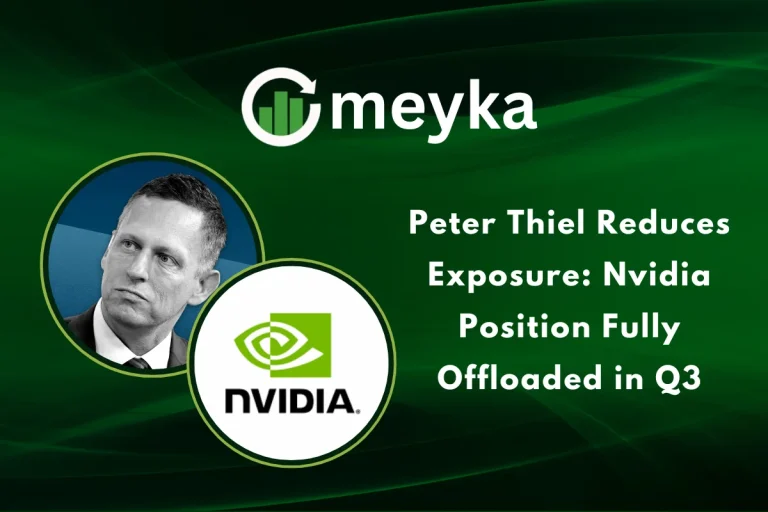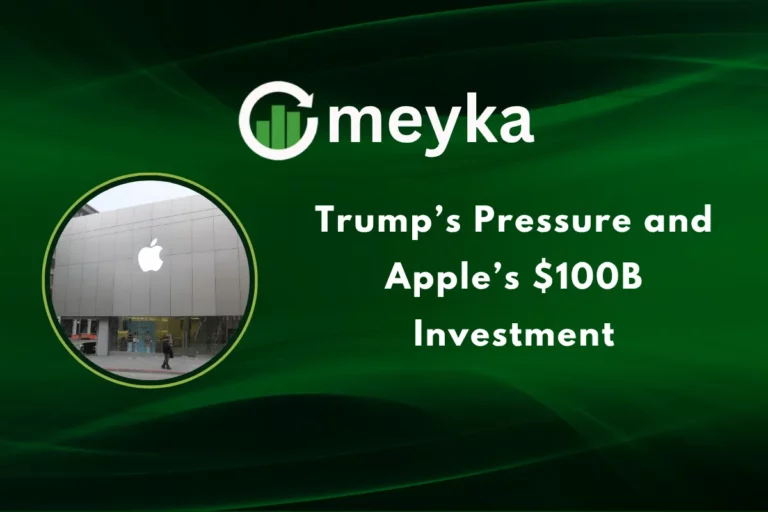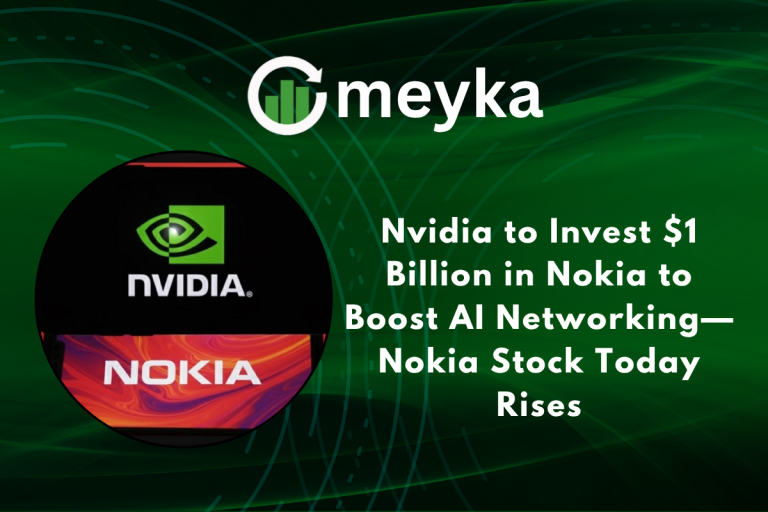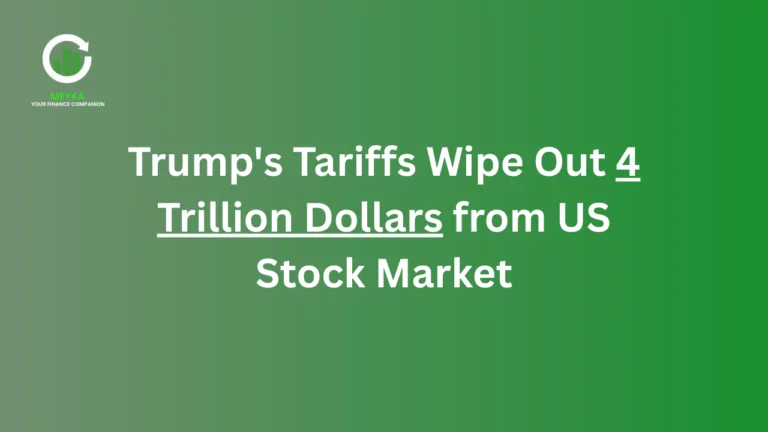Nvidia Partner Hon Hai Reports 11% Sales Jump, Fueling AI Optimism
Hon Hai Precision Industry, the Foxconn group often linked to major tech supply chains, posted an 11% jump in quarterly sales as demand for AI server hardware picked up. The rise bolstered confidence that the AI boom is not just a chip story, but a full supply chain expansion that benefits producers of servers, subsystems, and data center gear.
Investors and analysts flagged the move as a strong signal for Nvidia’s ecosystem and the broader AI market.
Nvidia-linked Hon Hai Sales Boost AI Optimism
Hon Hai’s quarterly numbers and context
Hon Hai reported revenue of roughly NT$2.06 trillion for the quarter, driven partly by higher server orders tied to AI infrastructure builds. The company, known globally as Foxconn, still derives substantial income from consumer electronics, but its growth story is increasingly about servers and enterprise gear. That shift helps explain why markets cheered the 11% sales rise.
Why this matters for Nvidia and the GPU leader
Nvidia is the GPU leader powering large language models and AI services. When a major assembler and server builder like Hon Hai reports AI-driven sales, it signals that demand for Nvidia’s chips and the associated AI chips ecosystem is translating into real hardware orders.
This strengthens the case that AI spending is moving beyond prototypes into large-scale deployment.
Why is this happening? Cloud builders and enterprises are ordering servers to run AI workloads, and Hon Hai is a key assembler for that kit.
Nvidia’s Role in Hon Hai’s AI-driven Sales
How Nvidia’s products link to Hon Hai revenue
Nvidia’s (NVDA) GPUs are the core compute in modern AI servers. As OpenAI, hyperscalers, and corporate cloud customers expand capacity, integrators like Hon Hai win more contracts to build racks and systems. Hon Hai’s comments on server revenue growth suggest a meaningful pickup in orders tied to Nvidia-centered deployments.
Hon Hai Precision Industry and Foxconn revenue mix
Foxconn’s revenue remains diversified, with Apple still a major client. Yet the company told investors it expects server revenue to expand quickly even as consumer electronics sales plateau. That pivot positions Hon Hai to capture both traditional device margins and new AI-driven sales opportunities.
Nvidia and Market Reaction: Stocks and Analysts
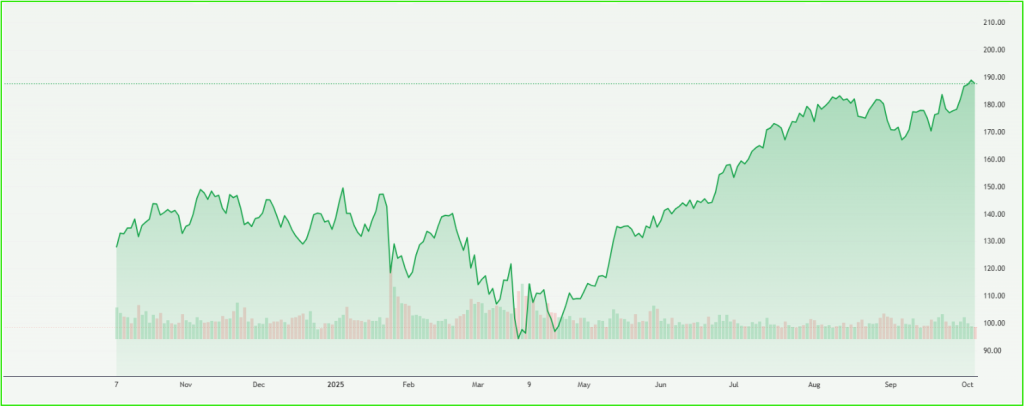
Share moves and analyst commentary
Markets reacted positively, with tech shares linked to the AI supply chain seeing renewed interest. Commentary on Nvidia’s stock amplified after Hon Hai’s update, as investors read the results as confirmation the AI spend is broadening across suppliers. Media coverage noted that chip makers and server assemblers are both beneficiaries.
What analysts are focusing on now
Analysts are watching shipment schedules, capacity additions in the US, and how pipeline orders convert into revenue. Some desks used AI Stock research tools to scan order flows and aftermarket signals, which highlighted the growing institutional appetite for AI-exposed names. Those models helped quantify how supplier revenues might trend in the coming quarters.
Will Nvidia keep leading gains? If systems demand keeps pace with GPU supply, Nvidia’s position as the go-to AI processor should remain central to market sentiment.
Nvidia, Supply Chains and Geopolitical Risks
Hon Hai’s global manufacturing moves
Hon Hai is expanding AI server capacity in the United States, including new facilities in Wisconsin and Texas, aiming to localize production and reduce tariff exposure.
That shift matters for supply resilience and aligns with policy pushes to onshore critical hardware. It also helps Nvidia’s customers secure closer, more reliable supply lines.
Geopolitics, tariffs, and production risk
Trade tensions and export controls remain a risk for chip and server supply chains. Hon Hai’s guidance and capacity moves are partly designed to blunt geopolitical shocks. Investors are parsing those shifts as part of how sustainable the AI boom will be.
Nvidia and the Road Ahead for AI Chips and Servers
Technical demand drivers and sector growth
The AI boom keeps pushing demand for higher compute density, specialized networking, and cooling solutions. That creates a cascade of opportunities across the stack: from AI chips to server design and data center buildouts. Hon Hai’s sales jump is a sign that many of these pieces are moving in tandem.
Modeling future momentum with AI Stock Analysis
Quant and research teams used AI Stock Analysis frameworks to stress test scenarios for revenue and order flow. Those models show upside if major cloud projects proceed on schedule, but they also flag timing and capacity constraints as possible bottlenecks. Models are guides, not guarantees.
Why should investors care? Because dips or gains in Hon Hai revenue give a real-time read on whether AI demand is broadening beyond Nvidia to the full hardware supply chain.
Social Signals and Expert Takes
Social media readouts and industry voices
Market observers and AI analysts quickly reacted online. One notable post highlighted the optimism around Hon Hai’s figures and how it supports Nvidia’s supply chain narrative. See the live reaction here:
Broader market commentary
Coverage across outlets emphasized that Hon Hai’s results lend credibility to the idea that the AI boom is feeding multiple parts of the tech ecosystem. That in turn helps justify continued investor interest in Nvidia and its partners.
Conclusion: Nvidia’s Ecosystem Looks Healthier, but Watch the Cycle
Hon Hai’s 11% sales rise is more than a single-quarter surprise. It is a signal that the AI-driven demand wave is reaching parts of the supply chain that actually build the physical compute racks.
For Nvidia, that is constructive, because broader hardware orders reduce single-point dependency and support sustained revenue growth for GPU makers and their partners.
Still, investors should watch execution risks, geopolitical shifts, and how server backlogs convert to cash. Nvidia and Hon Hai together illustrate how the AI boom is evolving from hype to industrial scale, and that transition is worth following closely.
FAQ’S
Hon Hai’s 11% sales growth was mainly driven by rising demand for AI servers, which are closely tied to Nvidia’s chips and the global AI supply chain.
Nvidia supplies the GPUs powering AI servers, and Hon Hai builds those systems. Strong GPU demand directly benefits Hon Hai’s sales.
The sales rise signals healthy AI infrastructure demand, reinforcing Nvidia’s position as the leading AI chip provider and boosting market confidence.
Yes, Hon Hai’s new U.S. plants will help secure AI server supply for Nvidia-linked clients, reducing risks from tariffs and geopolitical tensions.
Nvidia still faces risks from supply bottlenecks, trade restrictions, and shifting demand cycles, even as Hon Hai’s sales support AI optimism.
Disclaimer
The above information is based on current market data, which is subject to change, and does not constitute financial advice. Always do your research.


